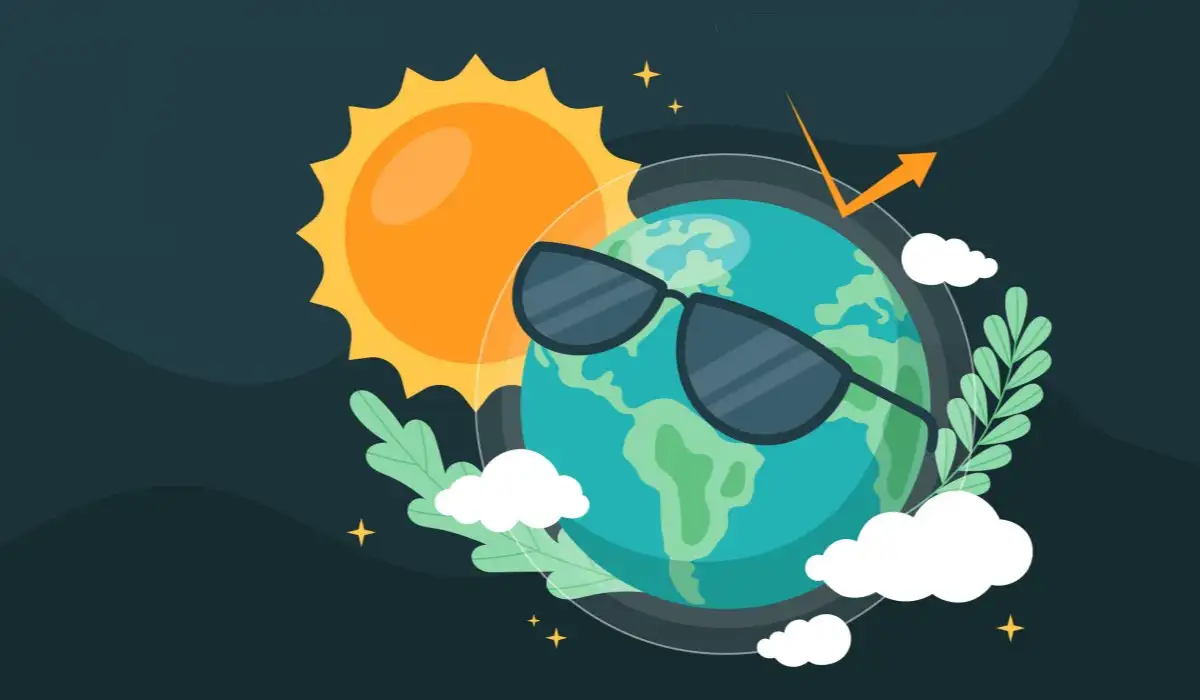World Meteorological Day, celebrated annually on March 23rd, recognizes the vital importance of meteorology and climatology to society. It’s a day set aside to appreciate the scientific expertise, technological advancements and cooperation required around the globe, to monitor and protect our environment and climate.
From seasonal forecasts to early warnings for extreme weather events, World Meteorological Day highlights the crucial role of meteorologists in enhancing safety, well-being, and the sustainability of our ecosystems.
History of World Meteorological Day
Each year on March 23rd, we commemorate World Meteorological Day, a day fashioned in 1961 to celebrate the forming of the World Meteorological Organization (WMO) on that same day, in 1950. As an arm of the United Nations, the WMO has been instrumental in fostering global collaborations in areas like atmospheric science, climate studies, and hydrology.
Before the WMO, there was the International Meteorological Organization, created in 1873. Both organizations have made notable contributions to human society, primarily through predicting weather changes, collecting climate data, and carrying out research that has greatly enhanced climate prediction and adaptation strategies.
World Meteorologcal Day’s first observance was exactly 10 years after the implementation of the WMO. Annually, the day shines a light on the invaluable work of the National Meteorological and Hydrological Services and their role in ensuring human safety and welfare.
The WMO designates a theme for each year’s World Meteorological Day to reflect pertinent issues in meteorology and the science of climates. Topics over the years have included the significance of climate knowledge for climate action, the essential need to be weather-ready and climate-smart, the importance of understanding clouds, weather and climate’s role in air quality, and the entwined dynamics of the ocean, climate, and weather.
World Meteorological Day Timeline
Creation of the World Meteorological Association
The World Meteorological Association (WMO) was established on this year as a specialized agency of the United Nations.
First World Meteorological Day
The World Meteorological Association established the annual event to commemorate its creation.
Polar meteorology: Understanding global impacts
World Meteorological Day's theme focused on studying polar weather and its impacts on the global climate.
Watching the weather to protect life and property
The theme highlighted essential contributions of National Meteorological and Hydrological Services to the safety and wellbeing of society.
Understanding Clouds
The theme was centered around understanding clouds to better forecast the world’s climate and weather.
The Ocean, Our Climate, and Weather
World Meteorological Day 2021's theme reinforced the link between the ocean, climate and weather within the Earth System.
Ideas to Celebrate World Meteorological Day
Weather Station Tour
Organize a field trip to a local weather station or meteorology department in a university or college. This offers an educational insight into real-world meteorological work.
Cloud Observation Exercise
Arrange for a cloud observation activity. This can be done from outdoors or with online tools, where people categorize and document different types of clouds.
Tree Planting Exercise
Invite your community members to join in a tree planting exercise. Explain the importance of trees in regulating climate and maintaining the Earth's atmosphere.
Weather-themed Book Club Meet
Host a book club meeting featuring books based on weather, climate, or environment. This promotes both literacy and knowledge on meteorology.
Climate Change Awareness Rally
Organize a public rally to raise awareness about climate change and its effects. Use placards with messages urging for sustainable behavior.
8 Interesting Facts About Meteorology
Meteorology is Ancient
Meteorology is an ancient science, dating back to at least 3000 BC! Ancient civilizations in India and China recorded weather phenomena.
Why is it called Meteorology?
The word 'meteorology' comes from the Greek word 'meteoron', which means 'something high in the air'. It initially referred to all objects and phenomena in the Earth’s atmosphere.
Weather Balloons are essential
Every day, meteorologists around the world release tens of thousands of weather balloons to measure temperature, humidity, wind speed and pressure at various altitudes.
Recorded hottest temperature
The highest temperature ever recorded was in Furnace Creek Ranch, Death Valley, California. On July 10, 1913, the temperature reached a whopping 56.7°C (134°F)
The Chilliest Place on Earth
The coldest temperature ever recorded was in Antarctica at a chilling -89.2°C (-128.5°F)! This happened at the Vostok Station on July 21, 1983.
Predicting the Weather With Animals
Before advanced technology, some cultures used to predict the weather by observing the behavior of animals. For example, frogs croaking, cows lying down, or birds flying low.
Wettest Place on Earth
Mawsynram, a village on the Khasi Hills, Meghalaya, in India, is known to be the wettest place on earth. It receives an annual rainfall of 11,871 millimeters.
Understanding Jet Streams
Jet streams, narrow bands of strong wind in the upper levels of the atmosphere, can travel at speeds greater than 100 miles per hour! They can influence weather patterns.
World Meteorological Day FAQs
Next World Meteorological Day Dates
| Year | Date | Day |
|---|---|---|
| 2023 | March 23rd | Thursday |
| 2024 | March 23rd | Saturday |
| 2025 | March 23rd | Sunday |
| 2026 | March 23rd | Monday |
| 2027 | March 23rd | Tuesday |
| What is the pattern? | Every March 23rd | |
World Meteorological Day Word Search
- Atmosphere
- Climate
- Weather
- Forecast
- Meteorology
- Research
